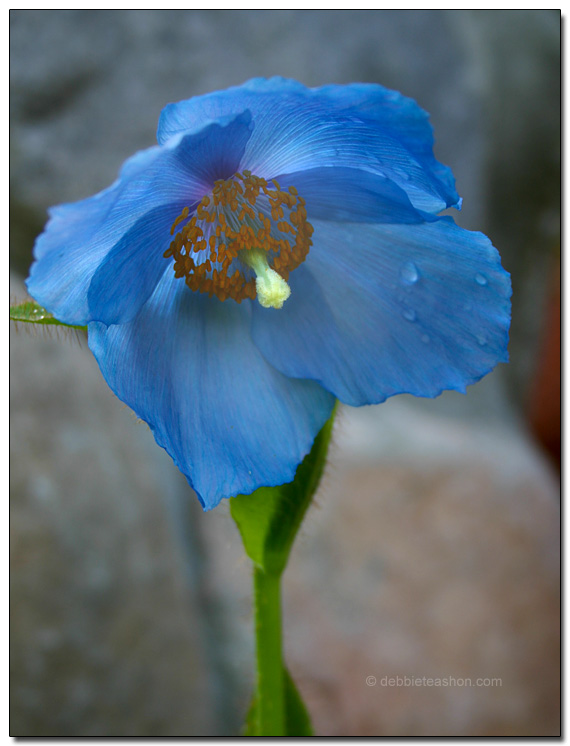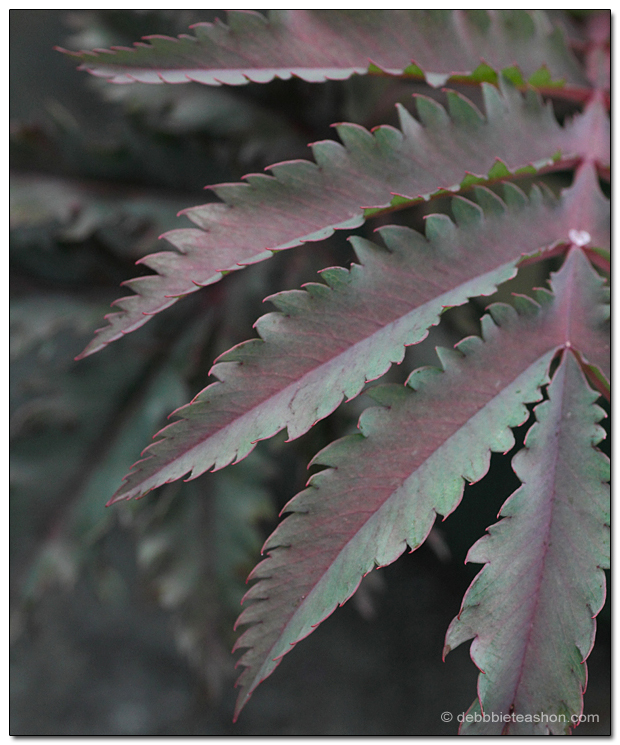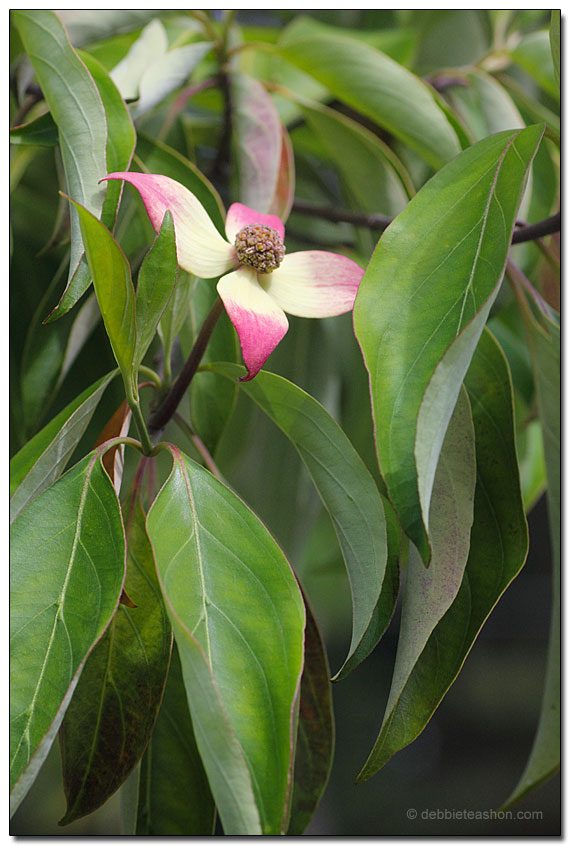A passion for gardening | Garden Life

Flashback 2017 – Originally written for newspaper column, Garden Life
If you read this column, you may be one out of four people who love gardening as a pastime.
You are in good company whether you plant up a couple of lovely pottery pieces to place near your front door or feed your family from a vegetable plot in the backyard.
What about gardening makes you work in a fevered rush in spring and carry wheelbarrow after wheelbarrow of mulch to enrich the soil that feeds your plants?
What makes you go outside and sweat buckets of perspiration from your hard work tending your garden?
Why do you feel fantastic after a full day of flexing every muscle in your body, tending a garden?
People question my motives for having a garden, and I wonder, why does gardening bring joy to many?
Meconopsis grandis
Granted, not everyone feels this way. Some hate the work but do it so their garden will keep up appearances. I am not writing about those gardeners.
I am talking to you, the one that chases after a rare plant. You, who swoon over the foliage of the mayapple Podophyllum ‘Spotty Dotty’ and are willing to pay top dollar.
I am also talking to the one who constantly pulls plant tags out of their washing machines because you stash them in your pant pockets and forget to take them out. I am mainly talking to anyone that has asked for a dump truckload of manure for their birthday.
When autumn arrives, you most likely prepare your beds for the following spring. You know it is far easier to prep that bed while it is dry and warm than to wait until spring when the soil is soggy and the weather is miserable with too much rain.
You also know that fall is an excellent time to create a new garden area by laying down layers of newspaper and topping it with a profuse amount of compost. By spring, that garden soil is dense with busy worms tilling for you.
You love the challenge of difficult-to-grow plants and will nurture them just for the bragging rights.
You love Himalayan blue poppies not only for their sky-blue flower petals; you know not everyone can grow them. Its common name may be a mystery to you, yet you know its botanical name is Meconopsis grandis.
You hold no misgivings about ordering Delphinium seeds from a company in New Zealand or rare plants from European seed houses.
You belong to garden societies and clubs, seed and plant exchanges, and joined many Facebook garden groups.
You cultivate friendships with fellow gardeners because they understand the garden jargon. Their eyes will not glaze over when you say Melianthus major. They know you are talking about the gray-blue honeybush. In addition, garden friends help each other celebrate their overabundant propagation programs. Such as the inevitable—all my cuttings are rooted, oops, I planted too many seeds again, and I have no more room to dig in more of my plant divisions. Here, take some.
Melianthus major ‘Purple Haze’
You seek out warmer micro-climates in your garden to grow marginally hardy plants as an experiment. Your plants grow for several years until that once-in-a-decade cold spell happens and terminally mows them to the ground. The following year you are ready to push the hardiness limits again in your climate zone experiments while in total denial of past failures.
What is wrong with you? Nothing serious—you have a passion for gardening. You are a plantaholic. The Urban Dictionary defines a plantaholic as “Anyone who has an addiction to plants and cannot get enough of them in all their horticultural marvels.”
Most likely, you will not pursue a cure. You do not need one. You may be healthier mentally and physically than other individuals who do not like getting their fingernails filthy.
Cornus capitata
I am a self-proclaimed plantaholic; and an accused enabler. On that note, I leave you with the evergreen dogwood (Cornus capitata), a beautiful tree to seek out for four seasons.
With common names such as Bentham’s cornel, evergreen dogwood, Himalayan flowering dogwood, and Himalayan strawberry tree—the dogwood has more common terms than a serial divorcée!
The flowers start creamy white and mature to pink. The beauty of the evergreen dogwood for fall is the large strawberry-like fruits. The fruit is edible but bland.



